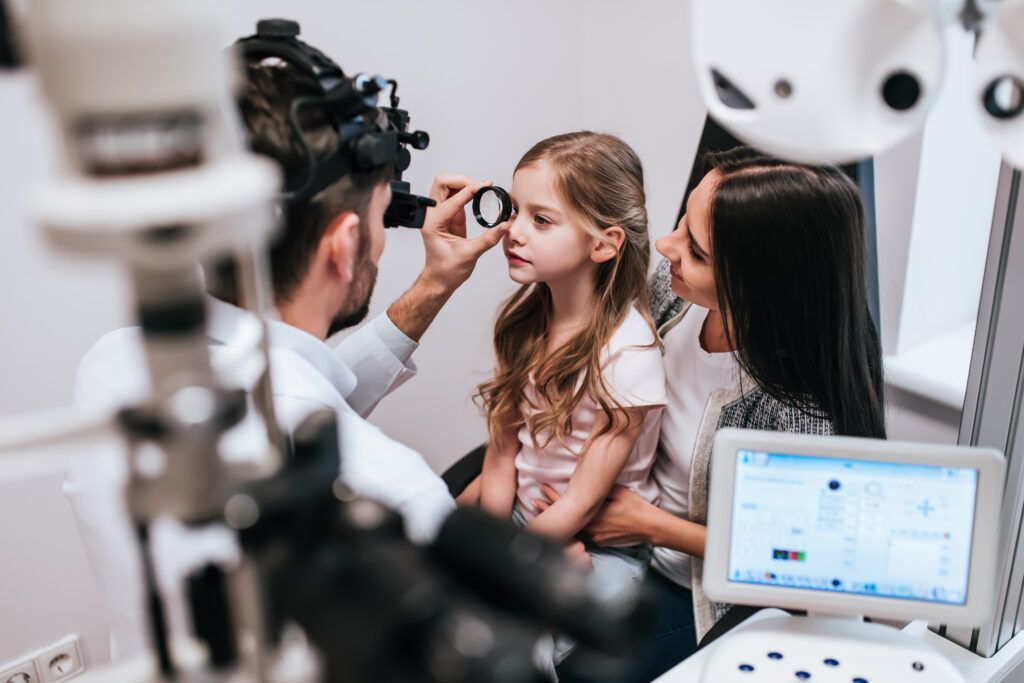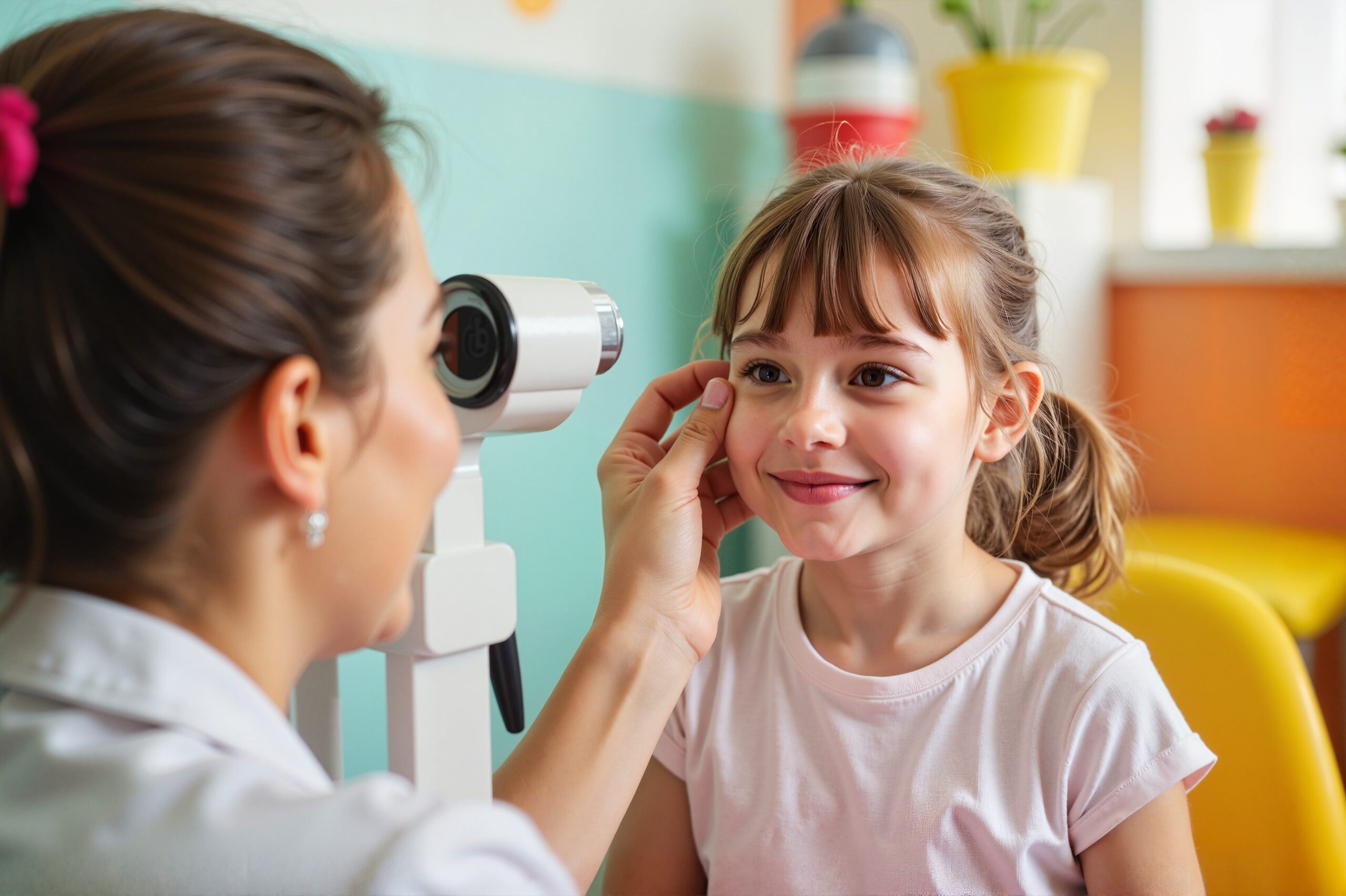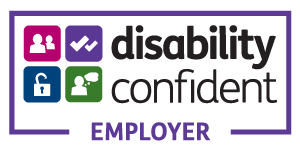Working with children in an optical setting can be one of the most rewarding—and at times, most challenging—parts of an optometrist’s day. A young patient may walk in feeling shy, confused, or even fearful of what’s to come. For many, it’s their very first eye exam. That’s why mastering effective communication skills isn’t just helpful—it’s essential.
In this guide, we’ll explore practical strategies to help optometrists enhance their communication with paediatric patients, building trust, easing anxiety, and creating a positive experience that sets the foundation for lifelong eye health.
Understanding the Paediatric Perspective
Children aren’t simply smaller versions of adults—they experience the world, and healthcare, in entirely different ways. Their communication skills are still developing, which often makes it difficult for them to articulate visual discomfort or specific symptoms. As a result, optometrists must adopt a flexible, child-centred approach that relies not only on verbal communication but also on keen observation and rapport-building. Being alert to unspoken signals —such as fidgeting, changes in facial expression, or avoiding eye contact—can often provide more insight than words alone.
To create a more accurate clinical picture, it's essential for a parent or carer to be present during the examination. They can provide key information and provide reassurance that helps the child feel more at ease. Ultimately, patience, empathy, and a genuine interest in the child’s well-being are key to successful paediatric eye examination and care. By understanding a child’s developmental stage and emotional needs, optometrists can build trust and foster cooperation, ensuring the experience is as positive and productive as possible.
Creating a Child-Friendly Environment
The setting itself can make or break a child’s experience. A stark, clinical room may feel intimidating, whereas a bright, engaging space immediately puts young patients at ease and lays the groundwork for trust.
- Add colourful, child‑friendly posters or eye charts to the walls.
- Keep a selection of age‑appropriate books and small toys within easy reach.
- Greet children warmly and speak at their eye level to foster a sense of safety.
A welcoming atmosphere speaks louder than any reassurance you can offer verbally.
Tailoring Your Communication by Age Group
Children require a tailored approach, depending on their age and developmental stage:
- Infants and Toddlers (0–3 years): Use calming tones, facial expressions, and gentle touch. Play-based interaction is key.
- Preschoolers (3–5 years): Use simple, concrete language. Turn instructions into games or stories—“Let’s play peek-a-boo with this magic light.”
- Primary School-Age (6–12 years): Offer short, clear explanations. Visual aids and encouragement help them feel part of the process.
- Teenagers (13+): Treat them with respect and engage them in conversations. They value understanding why the exam matters.
This age-appropriate approach builds confidence and cooperation across all age groups.
Explaining Tools and Tests Simply
One of the most effective ways to ease anxiety when examining children is to make the equipment and procedures feel familiar. Children feel more confident and cooperative when they understand what’s happening, especially if it’s explained in a fun, relatable way. Try using simple analogies like, “This is a camera that takes pictures of your eyes,” or “This machine plays a secret light game to check how well your eyes work.” Phrasing it like a game or adventure often sparks curiosity instead of fear.
Whenever possible, get the child involved. Let them press a button, hold a torch, or explore a mirror. Demonstrating a procedure on a toy or stuffed animal before doing it on the child can also be hugely reassuring. These small gestures turn a clinical experience into something playful and empowering, making the appointment feel less intimidating for the child and their carer.
Managing Anxiety
Fear of the unknown is common among children. Soften their concerns by:
- Using calm, steady tones
- Smiling often and showing genuine interest
- Letting them ask questions—even silly ones!
- Rewarding their efforts with stickers or small tokens
The goal is to make the visit feel less like an exam and more like an adventure.

Involving Parents or Guardians
While your primary focus is the child, their parent or guardian is an essential partner in the process. Keeping them informed and involved not only reassures them but also helps reinforce your clinical advice beyond the practice. Use clear, simple language to explain your findings and the next steps, making sure they feel confident about what’s happening. Encourage parents to support good visual habits at home—like limiting screen time or promoting regular eye breaks—and invite them to help if their child is particularly anxious or reserved. When the child, parent, and optometrist work together as a team, it creates a more supportive and effective environment for paediatric eye care.
Reflecting on Each Consultation
Communication is an evolving skill, and reflection is key to improving. After each paediatric consultation, take a few moments to reflect on what worked well and what didn’t. Did you effectively engage the child? Were you able to explain complex procedures in a way they could understand? Reflecting on your approach helps you build a stronger, more adaptable communication style.
Investing in Your Communication Skills
Communication is a clinical skill, and like any other, it can be honed over time. For optometrists, particularly if you're working with children, investing in this skill can transform how your patients experience care. Strong communication builds trust, reduces anxiety, and leads to better cooperation during eye exams. With the right training and tools, you can refine your approach and make every paediatric consultation smoother and more effective. Here are some practical ways to invest in your communication skills:
Engage in CPD Focused on Paediatric Care
Look for CPD opportunities that cover communication techniques specifically tailored to children. Association of optometrists, Optometry Today, and The College of Optometrists offer a range of learning modules and events that explore behavioural strategies and practical methods for working with younger patients—ideal for refining your approach in paediatric settings.
Learn Through Observation and Peer Support
Your Local Optical Committee (LOC) is a valuable source of ongoing support and education. By attending LOC meetings or workshops, you can engage in peer discussions, share practical tips, and learn effective communication strategies from fellow optometrists who regularly work with children.
Explore Child Development and Communication Courses
Understanding how children communicate at different developmental stages can guide your approach. Online platforms such as FutureLearn offer a flexible, evidence-based way to learn about this.
Final Thoughts
Being an optometrist isn’t just about diagnosing refractive errors or prescribing glasses—it’s about making children feel seen, heard, and safe. By enhancing your communication skills, you not only improve the quality of the eye exam but also help shape a child’s long-term attitude towards healthcare. A successful interaction today could be the reason that same child returns years later as a confident, responsible adult who prioritises their vision health.
Looking for your next optical role?
Whether you're just starting out in the optical industry or ready to take your career to the next level, Verovian Optical Agency is here to support you. We specialise in connecting optical professionals with a wide range of exciting locum and permanent roles across the UK in opticianry, optometry, and ophthalmology. With tailored opportunities that align with your skills and passion, we make sure you find a role that suits your career aspirations. Register with us today, and let’s work together to find your next career move!






